NEET Biology Diagrams 2024: NEET 2024 is scheduled for May 5 (Sunday). With only a few days left for the important test, NEET candidates must focus on effective revision sessions to reinforce key biological concepts. Practising with the help of diagrams is a highly effective way of revising concepts, allowing for visual recall and a deeper understanding of complex structures and processes. In this article, we have provided some of the most important Biology diagrams for NEET preparations. All diagrams are properly labelled and are provided with detailed information. By diligently studying these diagrams, students will be well-equipped to tackle concept-based questions and secure a good rank in NEET 2024. Check and download PDF of all diagrams below:
NEET Biology Important Diagrams 2024
Male Reproductive System
The male reproductive system consists of the following parts:
1.Primary Sex Organ: Testes
2.Secondary or Accessory Sex Organs:
- Accessory Ducts: These include rete testis, vasa efferentia, epididymis, and vas deferens.They serve to store spermatozoa and to transport them outside urethra during ejaculation.
- Accessory Glands: These include seminal vesicle, prostate, and bulbourethral glands (Cowper's gland).They contribute seminal plasma to semen.
3.External Genitalia: Penis
Female Reproductive System
The female reproductive system consists of the following parts:
1.Primary Sex organ: Ovary
2.Secondary Sex Organs:
- Accessory Ducts:These include fallopian tubes, uterus, cervix, and vagina.
- Accessory Gland:These include mammary glands.
3.External Genitalia: Vulva.
Mammary gland
- This organ's primary function is to secrete milk.
- It contains glandular tissues and fatty tissues.
- The glandular tissue of each breast is divided into 15-20 mammary lobes containing clusters of cells called alveoli.
- The cells of alveoli secrete milk, which is stored in the cavities (lumens) of alveoli.
- The alveoli open into mammary tubules.
- The tubules of each lobe join to form a mammary duct.
- Several mammary ducts join to form a wider mammary ampulla that is connected to lactiferous duct just before the nipple through which milk is released.
![]() Human Sperm
Human Sperm
- The sperm consists of four parts: head, neck, middle piece, and tail.
- The entire body of the sperm is covered by a plasma membrane.
- The head consists of a cap-like structure called the acrosome which contains digestive enzymes that help in the fertilization of the ovum.
- The middle piece consists of many mitochondria which provide energy to the sperm for locomotion.
- The tail is for the motility of the sperm.
Sectional View of Ovary
- The ovary is the primary sex organ in females.
- There is one ovary on each side of the uterus. The the functions of the ovaries include release of female sex hormones, oogenesis and regulation of the menstrual cycle.
- Each ovary has two portions – medulla and cortex.
- The cortex consists of ovarian follicles, connective tissue and interstitial cells. The central stroma of loose connective tissueis the medulla.
- The Graafian follicle is the final mature follicle that undergoes ovulation.
Ovule
- The ovule is a small structure present in the ovary.
- It is attached to the placenta by a stalk called a funicle.
- The junction between an ovule and a funicle is called the hilum.
- The ovule is surrounded by one or two protective envelopes called integuments.
- Integument encircles the ovule entirely except at the tip where a small opening is present called micropyle.
- The basal part of an ovule opposite to micropyle is called chalaza.
- The cells with high or abundant reserve food material enclosed within the integument is called nucellus.
- The female gametophyte located within the nucellus is called an embryo sac.
- The body of the ovule fuses with funicle in the region called hilum.
Spermatogenesis
- It is the process in which diploid spermatogonia undergo meiosis to produce haploid spermatids.
- Each spermatogonium undergoes mitotic division, resultanting into new cells called primary spermatocytes.
- These primary spermatocytes periodically undergo meiosis and produce two equal, haploid cells called secondary spermatocytes, with 23 chromosomes each.
- The secondary spermatocytes undergo the second meiotic division to produce four equal haploid spermatids.
- The spermatids are transformed into spermatozoa (sperms) by the process called spermiogenesis.
Oogenesis
- It is the process of formation of a mature haploid female gamete (ovum) from the diploid oogonium.
- Oogenesis starts with a germ cell called oogonium and undergoes mitosis to increase in number.
- Some of these oogonia transform into primary oocytes.
- Each primary oocyte then gets surrounded by a layer of granulosa cells and then called the primary follicle.This is prophase I of meiosis.
- At puberty, a primary oocyte resumes meiosis I, forming a secondary oocyte and a tiny polar body. The secondary oocyte is arrested in metaphase II.
- A mature secondary oocyte is released from the ovary. If fertilized, it continues with meiosis II.
- The secondary oocyte completes meiosis II, forming a mature ovum and another polar body.
- Polar bodies are the small cells containing extra genetic material which are produced during meiosis I and meiosis II but do not develop further.
- The mature ovum is a large, nutrient-rich cell ready for fertilization and early embryonic development.
*More Biology diagrams are being updated here. Keep refreshing this page for important diagrams for NEET 2024.
Also Read|
NEET Biology Important Chapters 2024
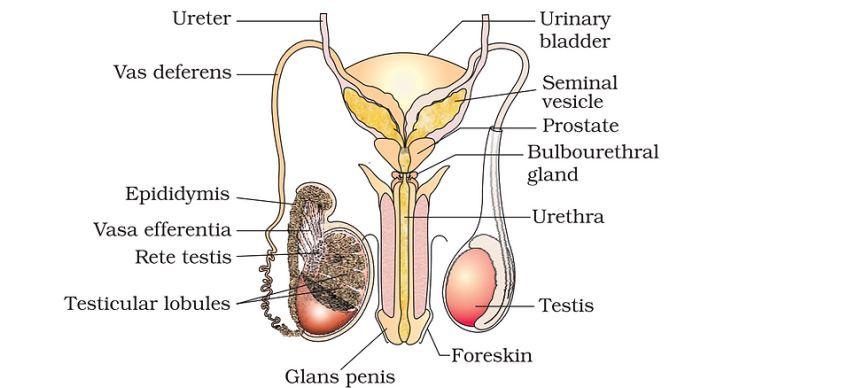
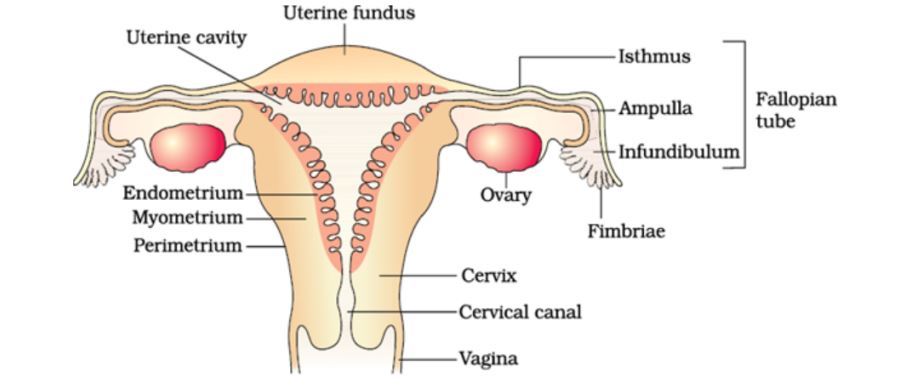
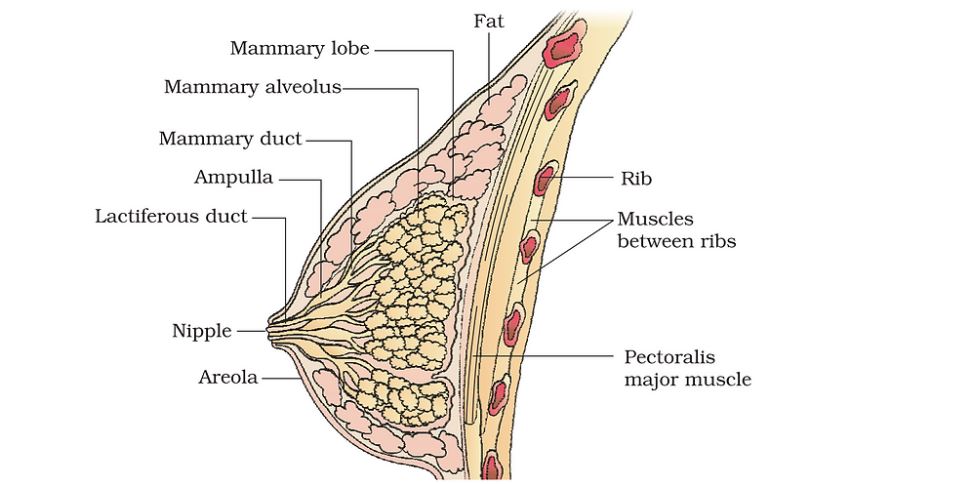 Human Sperm
Human Sperm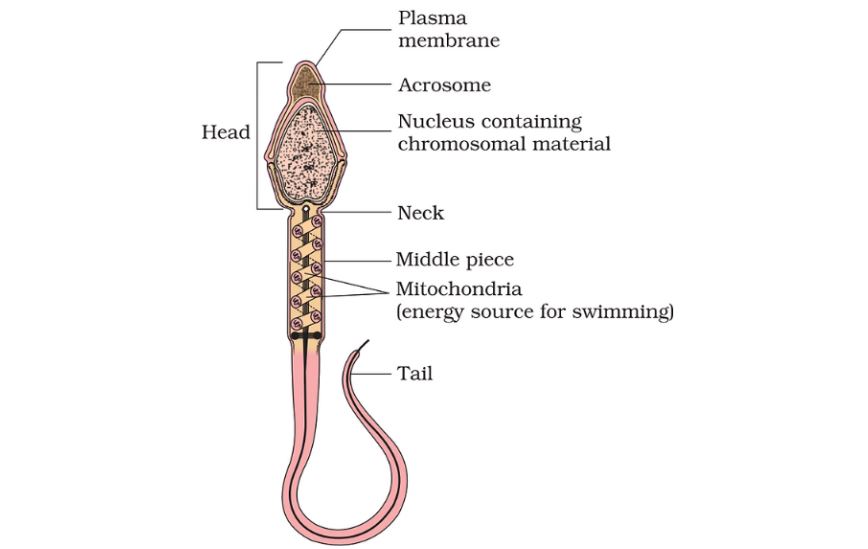
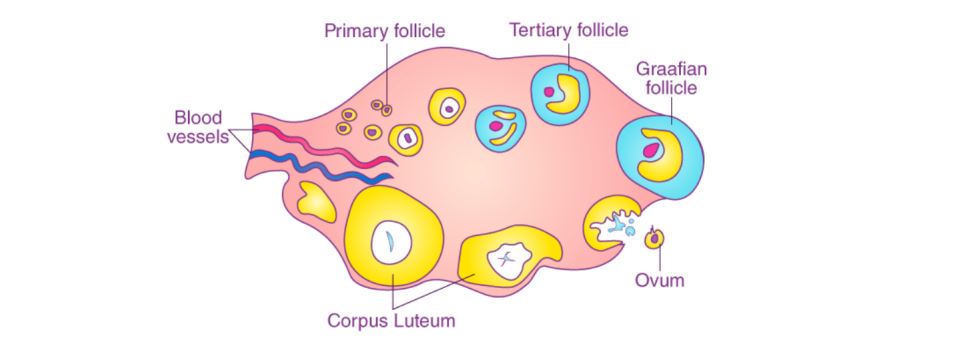
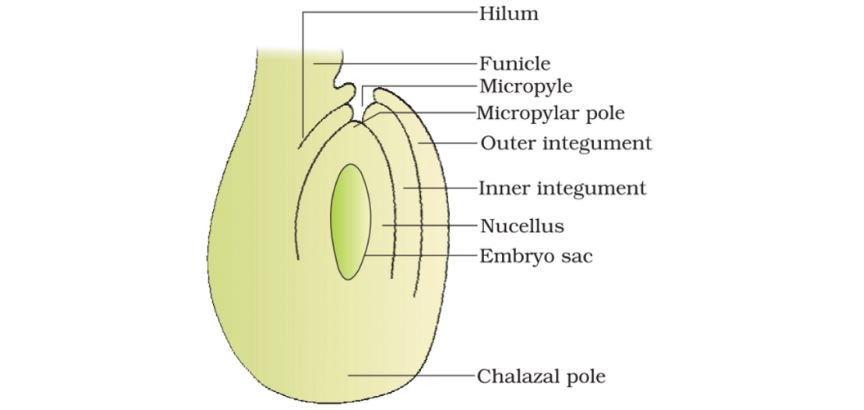
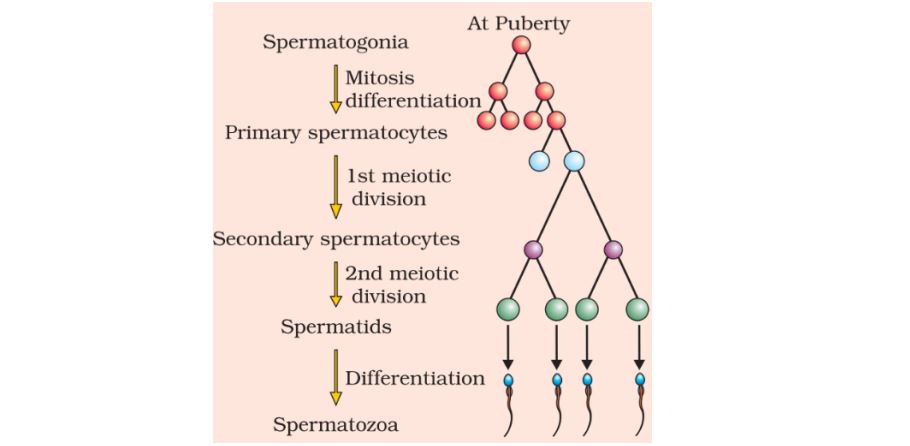
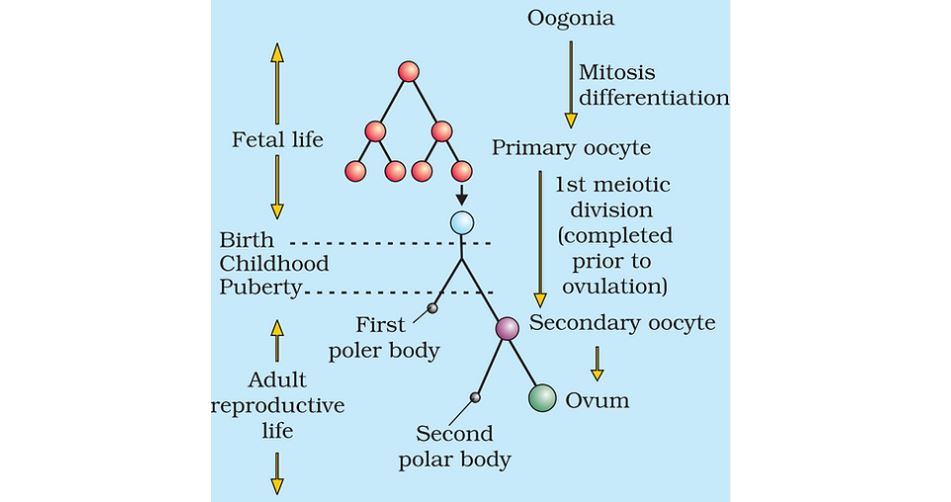
Comments
All Comments (0)
Join the conversation